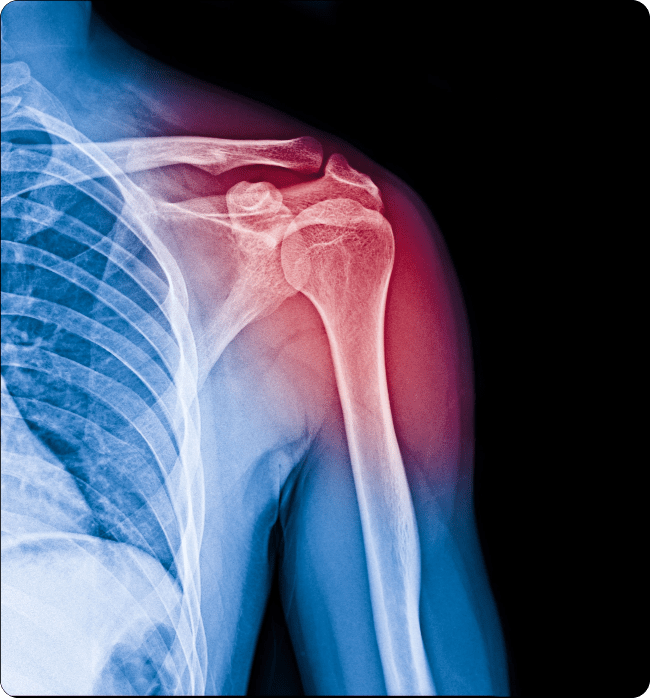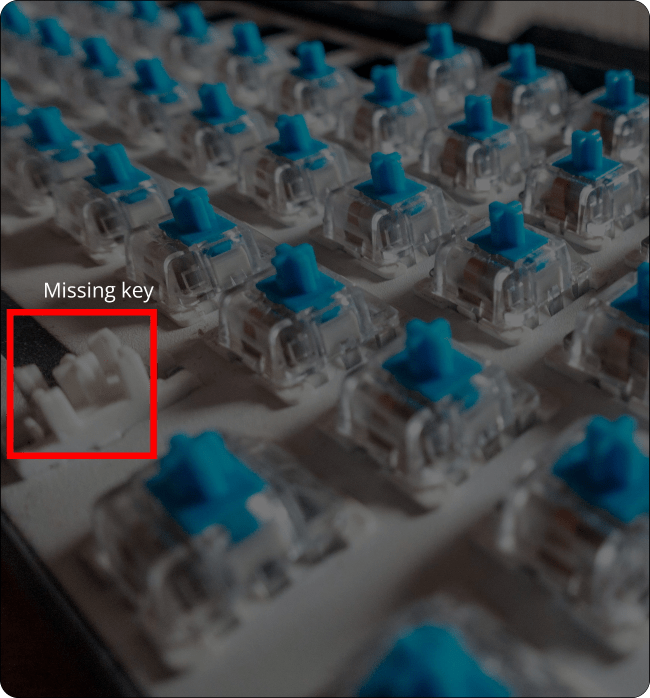Object Localization
Drive Intelligent Decisions with Object Localization with Deep Learning
Identify and determine the precise location of objects of interest within images or videos with the use of Deep Learning algorithms and neural networks. Analyze visual data and provide information about the object’s position, scale, and orientation, enabling further analysis and decision-making.

Addressing Challenges of Object Localization with Deep Learning
Human perception varies, and different individuals may interpret and localize objects differently. Therefore, specialized expertise is necessary for effectively localizing objects in visual data.
- Human Error: Humans can make errors when localizing objects, impacting accuracy.
- Time-consuming: Manual localization is iterative and time-consuming, often requiring multiple rounds of annotation, review, and refinement.
- Object Variability: Objects can vary in shape, size, and appearance, making it difficult to locate them with accuracy, especially if they are visually similar.
Precision Object Localization Using Computer Vision for Exact Positioning
Our Deep Learning algorithms are applied to preprocessed images to accurately identify and locate specific objects by eliminating the need for manual detection.
- Input: Input the image or video having the object.
- Pre-process: Improve input image quality by preprocessing.
- Feature extraction: Extract the important parts of an object’s location.
- Object localization: Identify object location to produce a bounding box or mask.


Accurate Object Localization in Computer Vision for Better Image Analysis
Detect and locate objects in images accurately, allowing businesses to obtain insights, identify patterns, and make informed decisions.
- Missing Part Detection: Detecting defective parts in the product line to prevent faulty products from reaching the end-user.
Advancing Object Tracking with Object Localization in Computer Vision
Object tracking has become better with object localization, which is important for real-time tracking. By determining the spatial extent of an object and accurately locating its position, we can establish a bounding box or segmentation mask at the pixel level that encapsulates the boundaries of the object, making it easier to track.

